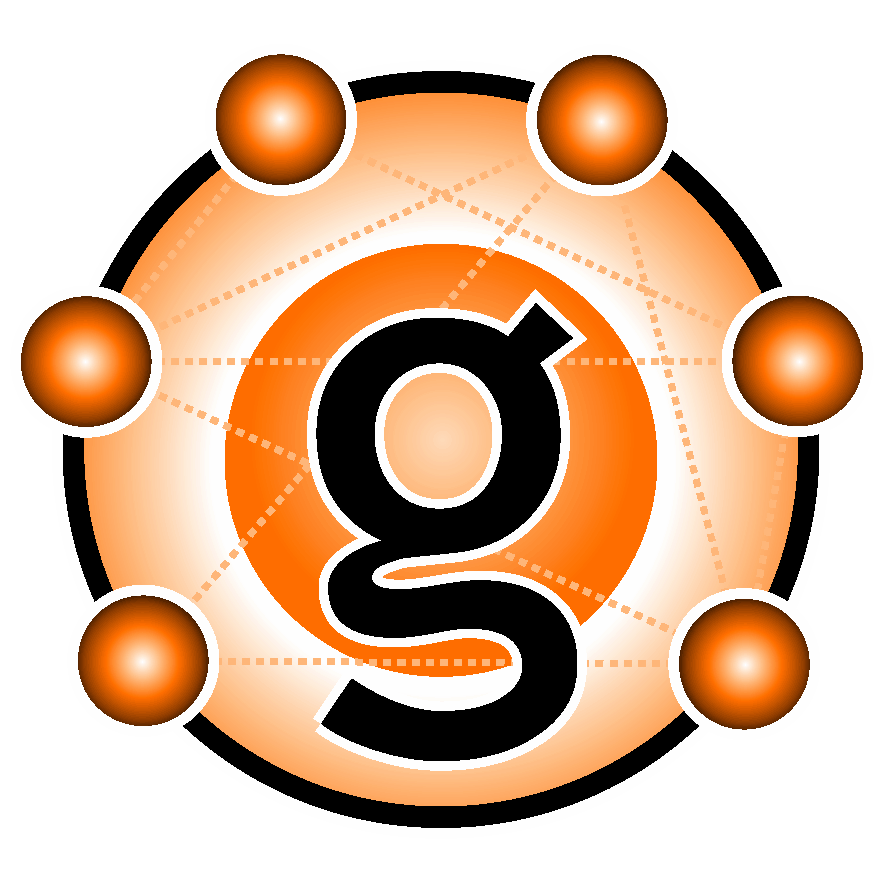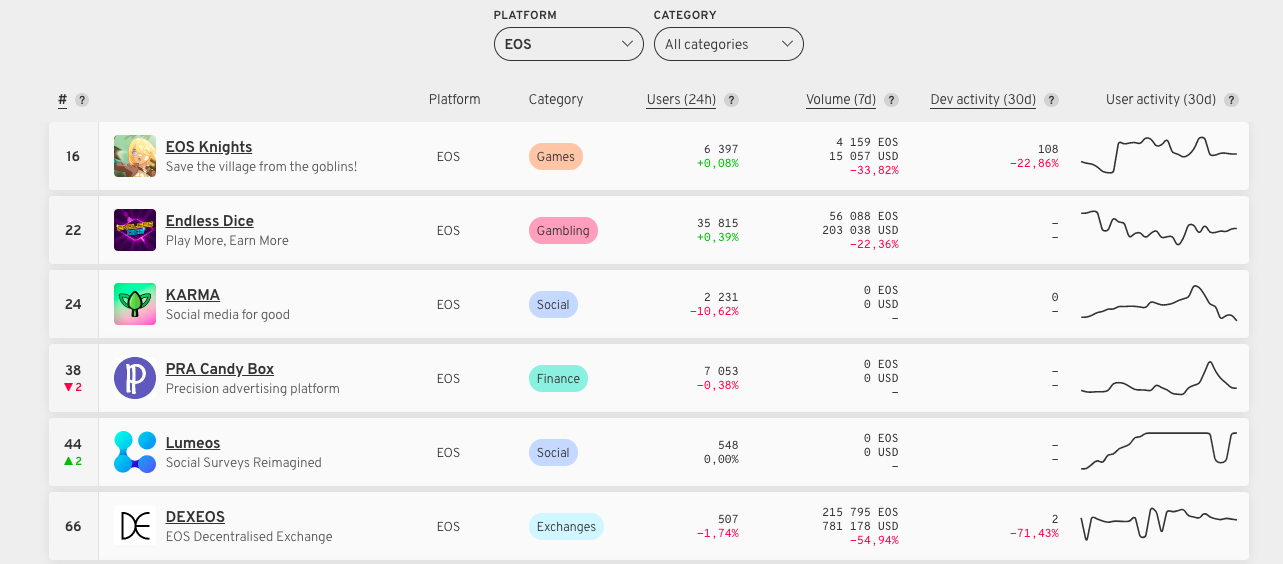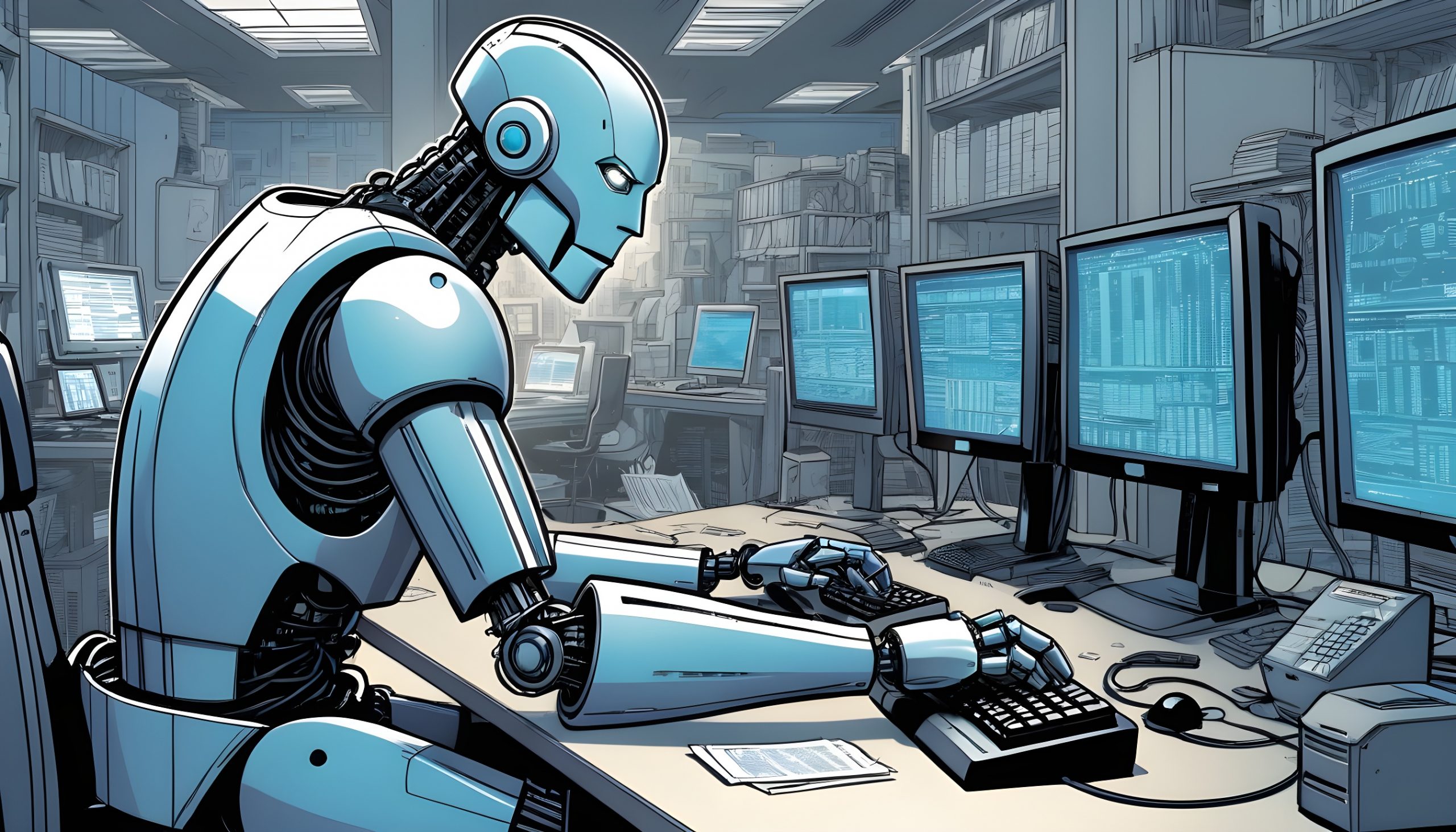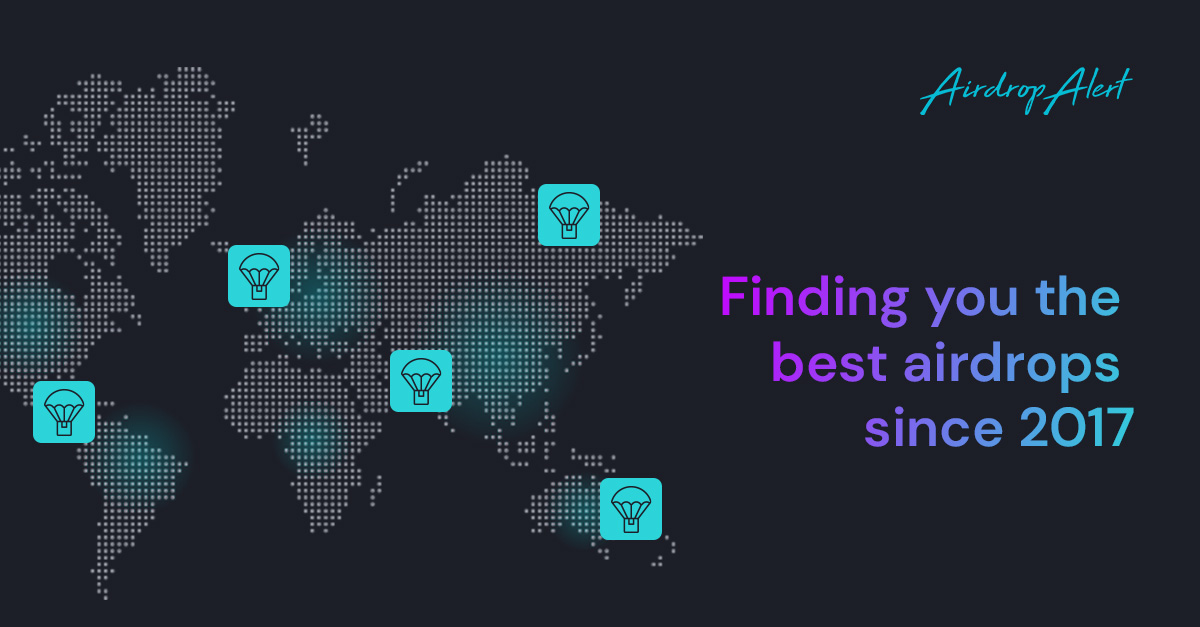Did you know that dApps or decentralized applications were around long before cryptocurrencies saw the light? They came into prominence with the mainstream adoption of the P2P (peer-to-peer) technology.
Peer-to-peer (P2P) computing or networking is a distributed application architecture that partitions tasks or workloads between peers.
Gnutella (stable release – March, 2000)

Gnutella (the name might have derived by analogy with the GNU Project) was the peer-to-peer protocol that led to the influx of clients built on top of the same model.
Here is how the network works – yes, after almost 20 years it still exists!
Alice starts downloading pieces of a movie Bob wants to grab a hold of. He simultaneously downloads 1GB from Alice, and 1.5GB from Julia who now has some of it. Bit by bit peers slowly download the whole file. Sounds familiar? Sounds like BitTorrent? It all started with Gnutella!
If you want to poke the legendary protocol, go and download the modern Gnutella clients, such as Shareaza, Zultrax P2P or WireShare for your Windows and gtk-gnutella for your MacOS and Linux.
Gnutella was the pioneering dApp on P2P that later helped in adoption of this technology. Other examples of somewhat similar early-days dApps included eDonkey2000 (2000), Morpheus (2001), Tor (2002), Winny (2002) and of course BitTorrent that was released in 2001 but nowadays is shedding its skin.
To conclude, here is a question to you. Does a dApp have to be something wired exclusively to blockchain? No. It’s just that nowadays, with the change of trend, when we say dApps or decentralized apps, we heavily relate them to crypto.
What brought this change to life? Modern crypto projects no longer use P2P as it is. They rather leverage its enhanced version, blockchain, as the foundation of how they make their apps decentralized.
dApps on Blockchain

Pixabay.com
There is no definition set in stone for a dApp on blockchain. So many men, so many minds. Here is just one of the many definitions:
- dApp must be completely open-source
- consensus of the users determines future changes to dApp
- standard cryptographic algorithm must be used, to generate the crypto tokens
- dApp must use a cryptographic token
- dApp must generate tokens
There are several blockchain platforms that allow building dApps on them.
While taking a look at those platforms, let’s see if they can help us understand dApps better!
dApps on the Ethereum blockchain

Top dApps on the Ethereum blockchain, March 13, 2019, Dappradar.com
Ethereum is the most widely used platform for dApps.
This blockchain utilizes a cryptographic hash function, private-and-public key encryption, P2P network, the PoW (proof-of-work) consensus algorithm and other features similar to Bitcoin (BTC).
Vitalik Buterin’s project has got an active lineup of contributing developers.
They constantly work on improvements in the ecosystem.
In a word, Ethereum is the network that has made the wide adoption of smart contracts and dApps possible.
For quite a long while, Ether, the platform’s native token, has been maintaining the position of the second most popular crypto after Bitcoin.
If you ask someone from a business community what a dApp is, most probably, the answer would be somewhat like, “Oh, isn’t it an app on Ethereum?”
Indeed, it is. But there are also other platforms where you can build dApps 🙂
In-demand Ethereum dApps include ForkDelta, IDEX and CryptoKitties.
To be informed of the latest airdrops that Ethereum dApps conduct, follow AirdropAlert’s Twitter.
dApps on the EOS blockchain

Top dApps on the EOS blockchain, March 14, 2019, Stateofthedapps.com
The dApp with the highest overall number of users – around 36K – in the past day (March 14th, 2019) is the EOS dApp called Endless Dice, a game where players can earn tokens with real-life value (ETH/BTC/TRX/IOST).
With its market cap of $3 271 724 374 USD, EOS is one of the most successful projects in the history of crypto. Some people even call it the “Ethereum killer”.
The EOS team has built their blockchain to address Ethereum’s vulnerable parts: a complicated programming language, a huge amount of energy consumption and scalability.
Designed in such a way that it makes it extremely easy for developers to work with, these days EOS competes only with TRON for the title of the leading-edge blockchain for dApps.
Popular EOS dApps include PRA CandyBox and EOSKnights.
To be informed of the latest airdrops that EOS dApps conduct, follow AirdropAlert’s Twitter.
dApps on the TRON blockchain

Top dApps on the TRON blockchain, March 14, 2019, Dapp.com
TRON (TRX), possibly, is the most prominent project of the recent years. Justin Sun, CEO and founder of TRON, is keeping a really high pace of marketing up his project.
The TRON blockchain was created to decentralize the Internet, and the team’s big ambition is to place control over the data back into users’ hands.
They want to reward artists, photographers, writers and other creatives with crypto. The reward is about to be proportional to his/her contribution.
In a way, the TRON blockchain is an answer to Bitcoin and Ethereum with their scalability issues.
TRON doesn’t scale the main network by sharding or sidechaining. Yet, it uses the same consensus with EOS – DPoS, the Delegated Proof of Stake.
Popular TRON dApps include BitTorrent, TronBet, p3t.network etc
To be informed of the latest airdrops that EOS dApps conduct, follow AirdropAlert’s Twitter.
Final thoughts

Pixabay.com
As a phenomenon, dApps saw the light quite a long ago, with the influx of P2P clients.
Yes, there were dApps before blockchain! And what we see today is just a continuation of the trend.
But with all those pictures up above, now you know why AirdropAlert has written this article.
Now, there is a plethora of dApps out there, on different blockchains. And it means that sooner or later we’ll see more crypto giveaways. Imagine, we haven’t listed even a small fraction of all blockchains existing out there!
Some developers build their dApps on NEO, Cardano, Corda etc.
As for the most popular platforms, these are of course Ethereum, EOS and TRON.
Ethereum is the network that has made the wide adoption of smart contracts and dApps possible. EOS makes it extremely easy for developers to work with. And TRON places control over the content back into the hands of artists.
***
Did you like the article? Please click the  button and keep on reading!
button and keep on reading!
What is EOS? Key features explained ← P R E V I O U S
N E X T → What is TRON (TRX)?







